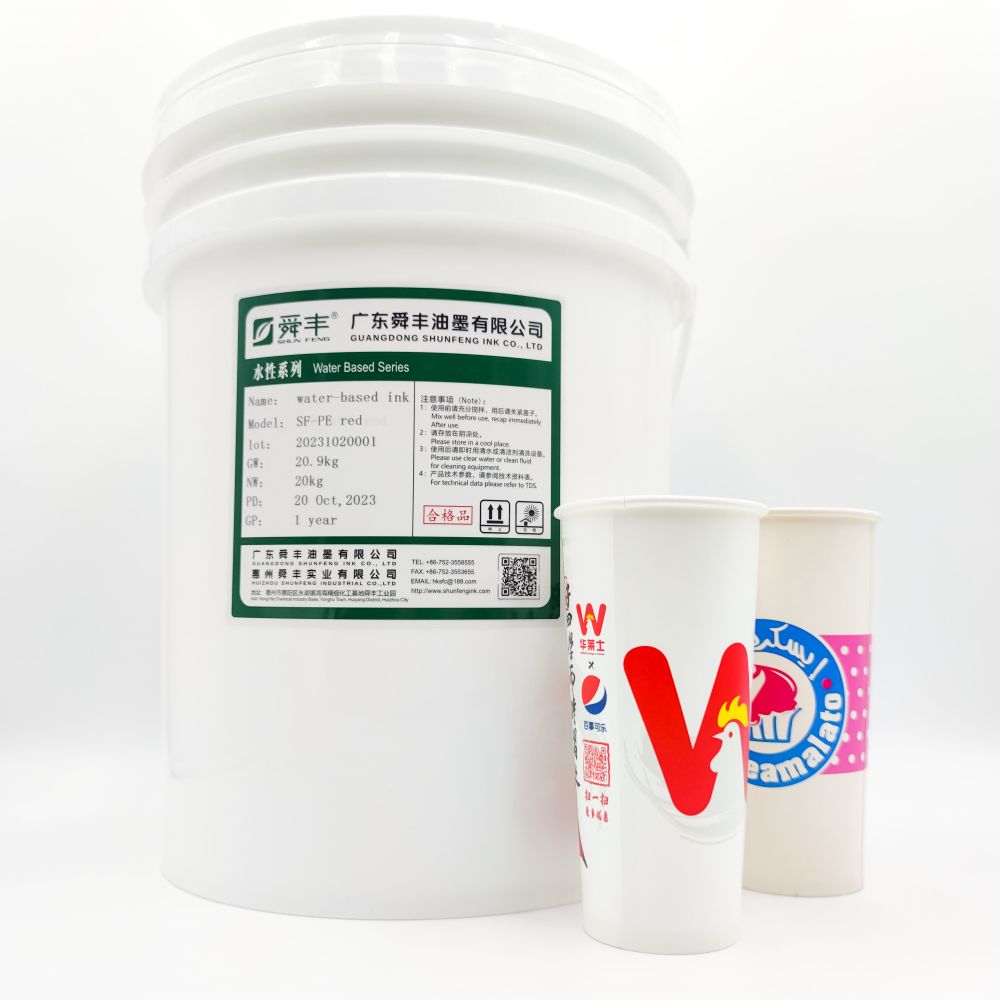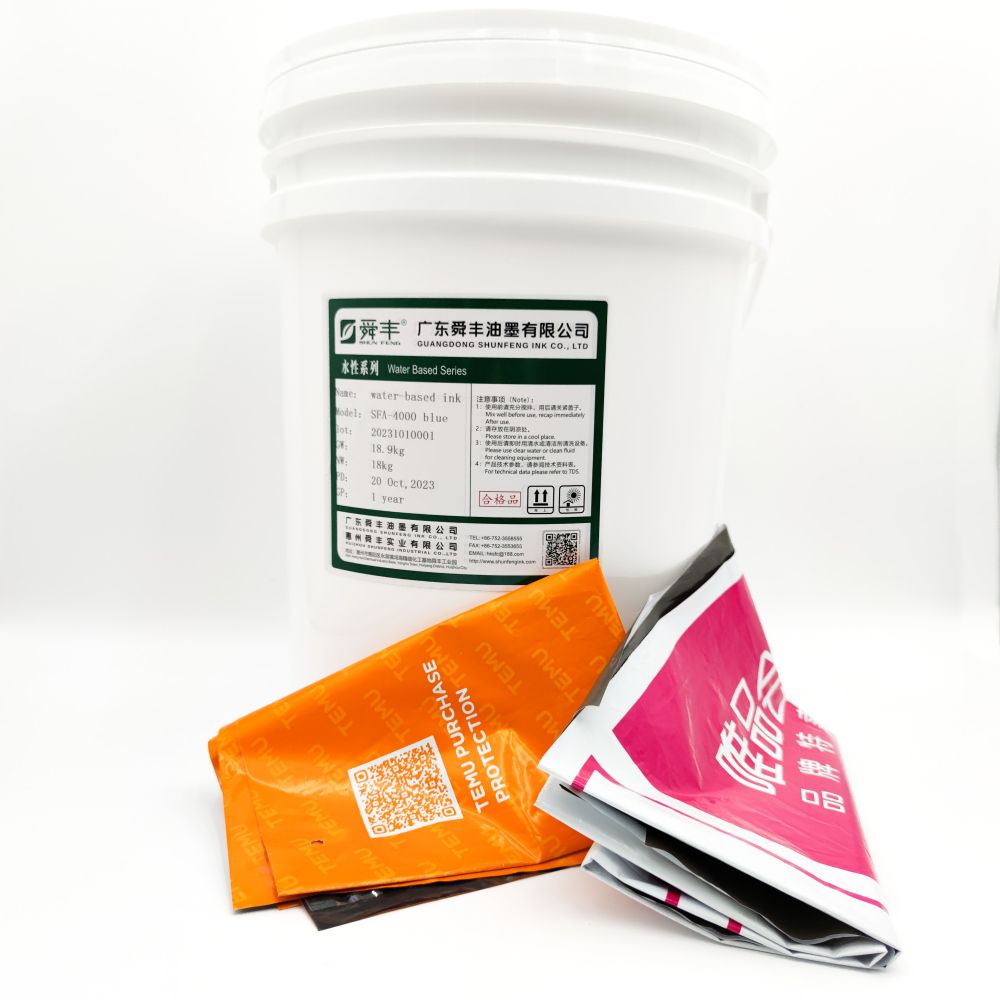Comprehensive Analysis Of Printing Varnishing Technology
Printing varnishing technology has a long history, and with the advancement and development of technology, its scientific and technological content has increased, and its application fields have gradually expanded. Especially the rapid development of water-based coatings and UV coatings that meet safety and environmental requirements, as well as the widespread application of inline varnishing technologies, have greatly promoted the progress of varnishing technology.
Printing Varnishing vs Traditional Laminating
Traditional laminating processes, although having a long history, have distinct characteristics when compared to varnishing. Varnishing involves applying one or two layers of varnish over printed graphics to achieve a glossy and transparent film layer. Common methods include solvent-based varnishing, water-based varnishing, and UV varnishing. Varnishing can enhance the light resistance of ink, increase its heat and moisture resistance, protect the print, beautify the product, and serve as an alternative to laminating. It is more cost-effective and simpler, allowing for both full and spot varnishing.

From an environmental perspective, water-based and UV varnishing align better with trends. Laminating results in white pollution and adhesive pollution, whereas covers treated with water-based or UV varnishing can be directly recycled. Many products on the international market, particularly food, pharmaceutical, and cosmetic packaging, tend to adopt non-polluting varnishing methods. For electronic products that do not come into direct contact with the human body, companies' environmental philosophies are also driving the adoption of varnishing technologies.
Cost and Efficiency
Varnishing is typically less expensive than laminating, with costs being approximately half those of laminating. Traditional laminating machines operate at slower speeds, whereas modern inline varnishing equipment can match the speed of printing presses, improving the stability of varnishing quality. Therefore, from a cost and efficiency standpoint, varnishing offers significant advantages.
Notably, reusable transfer film processes have emerged in recent years, showing promise in applications such as color boxes and cigarette packaging.
Features of Printing Varnishes
Commonly used varnishes include solvent-based, water-based, and UV varnishes. With increasing environmental requirements, the use of solvent-based varnishes is decreasing, while water-based and UV varnishes have broader application prospects.
Water-Based Varnish: Composed primarily of water-soluble resins and water-dispersible resins, it is non-toxic, odorless, environmentally friendly, dries quickly, has high transparency, and is adaptable to various devices. It is suitable for a wide range of post-printing processes and is convenient for storage and transportation. When using, ensure that the ink layer is fully dried by enhancing breathability and raising hot air temperature. Additionally, adding a small amount of high-boiling-point solvent can improve glossiness.
UV Varnish: Cured by ultraviolet light, it features rapid curing, low-temperature curing, and resistance to ink fading, widely used in gloss processing for paper containers, trademarks, book covers, and packaging boxes. UV varnish contains minimal solvents, reducing air pollution, does not require heat during curing, has strong adhesion to ink, and is relatively economical. It is unsuitable for highly absorbent papers, which may darken.
Varnishing Equipment

Varnishing equipment includes varnishing machines (including glossing machines) and inline varnishing machines. Standalone varnishing machines operate slowly and often require additional glossing. Inline varnishing with printing presses significantly improves speed and quality, representing a current trend.
Inline Varnishing Machines: Utilizing the last printing unit of sheet-fed offset presses for varnishing, this method saves space and equipment investment, suitable for simple varnishing needs.
Inline Varnishing Units on Printing Presses: Equipped with independent varnishing units, these systems offer high production efficiency and stable varnishing quality, capable of both full and spot varnishing, supporting water-based or UV varnishing.










